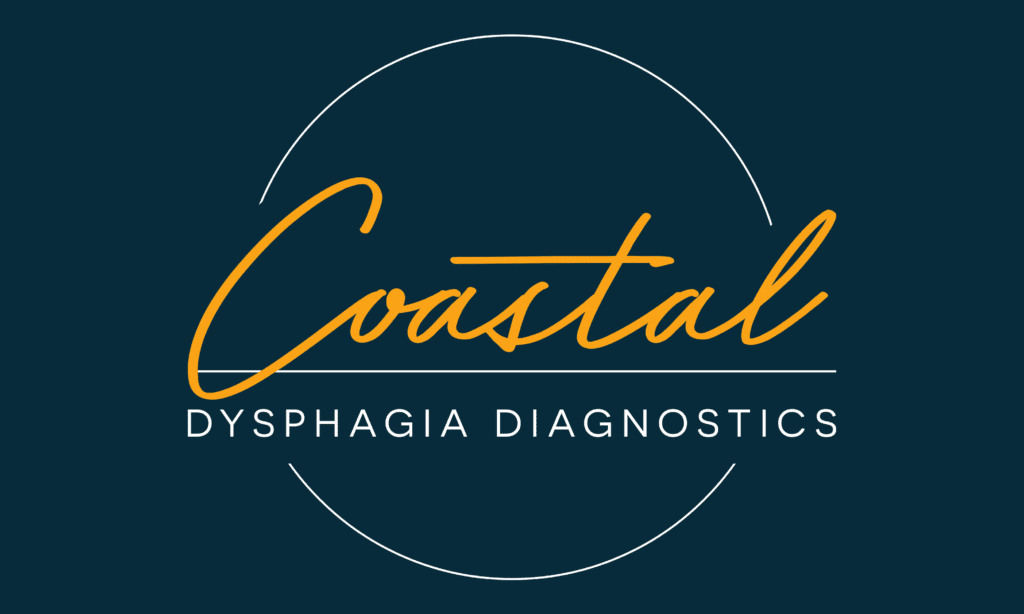(also referred to as vocal cord dysfunction or paradoxical vocal fold motion disorder)
What is inducible laryngeal obstruction?
Inducible laryngeal obstruction (ILO), also known as vocal cord dysfunction (VCD) or paradoxical vocal fold motion (PVFM), is a complex diagnosis of the upper airway. It is distinct from asthma and other upper airway disorders. ILO occurs when the vocal folds or other structures above or around the vocal folds close during inspiration, making breathing more difficult. It can be triggered by an environmental irritant, such as exposure to an allergen, a change in environmental temperature, a dry or dusty environment, or by noxious odors (cleaning agents, perfumes, air fresheners, etc.). ILO may also be triggered by emotional stress. When exercise triggers the event, it is known as exercise-induced laryngeal obstruction.
What is exercise-induced laryngeal obstruction?
Exercise-induced laryngeal obstruction (EILO) occurs during periods of intense exercise. Normally, during exercise, the larynx opens during inspiration and expiration to allow for increased airflow given the increased oxygen demands; however, with EILO, the vocal folds or laryngeal structures above or surrounding the larynx may narrow or close during inspiration, causing a disruption in airflow. This can make it hard to take a full breath and most often results in dyspnea or breathlessness. Symptoms of EILO come on suddenly and typically resolve once the exercise is stopped. EILO occurs in approximately 5-7% of the general population and is more prevalent in athletes. It is also more common in females than males.
What are the symptoms of ILO and EILO?
Common symptoms of ILO and EILO include:
- Dyspnea or breathlessness
- Tightness in the throat or upper chest
- Noisy breathing (stridor or wheezing)
- Cough
- Voice changes or complete loss of voice
- Choking or swallowing problems
- A sensation of a lump in the throat (globus sensation)
- Anxiety or panic
How is ILO different from asthma?
ILO is often confused for asthma; however, there are a few key differences. It is important to ensure a proper diagnosis is made by a physician before changing any medications. It is also important to know that ILO and asthma can co-occur. Differences in the conditions may include:
| ILO | Asthma | |
|---|---|---|
| Onset | Sudden | A few minutes |
| Difficulty with | Breathing in | Breathing out |
| Tightness in | Throat | Chest |
| Inhalers | Usually does not help | Improves symptoms |
How can speech therapy help?
After receiving a diagnosis of ILO or EILO, a referral to a speech-language pathologist (SLP) trained and experienced in treating these conditions is beneficial. At Coastal Dysphagia Diagnostics & Speech Pathology, PC, our SLP is specialty-trained and passionate about working with this population. Our individualized treatment for ILO and EILO focuses on education, early symptom recognition, identification of triggers, vocal hygiene practices, respiratory retraining techniques, and desensitization. Contact us today to learn more!


